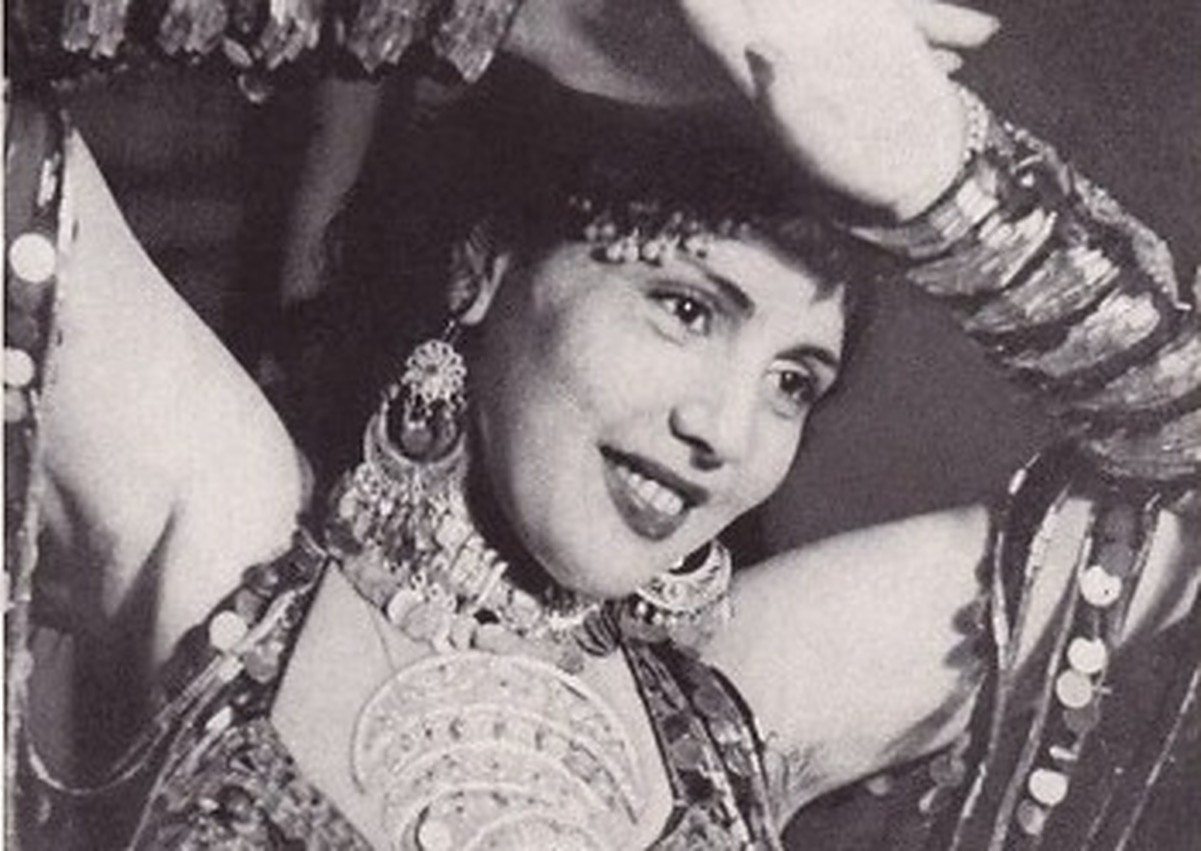As nations and communities evolve over time, cultural and traditional ways of dress also become forgotten. In changing times, there is always one question that comes to mind: why must we preserve culture? However, cultural and traditional ways of dress do not just represent the past, but can also hold the future. Several cultural heritage experts noted that the handicraft sector plays a vital role in income and employment generation, and is recognized as a tool for poverty reduction. On top of that, each and every piece of cultural dress or jewelry was made by the hands of a woman or a man who carried the soul of their community or nation at the time. Essentially, preserving cultures is also akin to preserving these souls and the spiritual identity of a nation for years to come. As such, there is a need to look at heritage beyond tangible heritage such as monuments, and look at the intangible cultural heritage embodied in traditional crafts that are under risk of being endangered due to the difficulty of safeguarding inherited skills and knowledge. Here are a few pieces of jewelry to cherish from…



